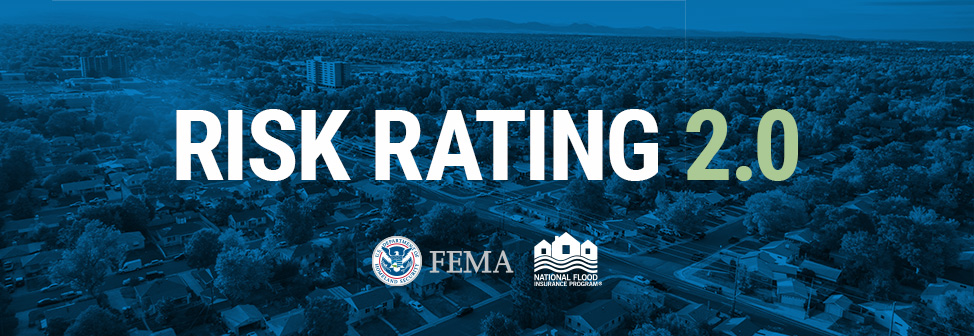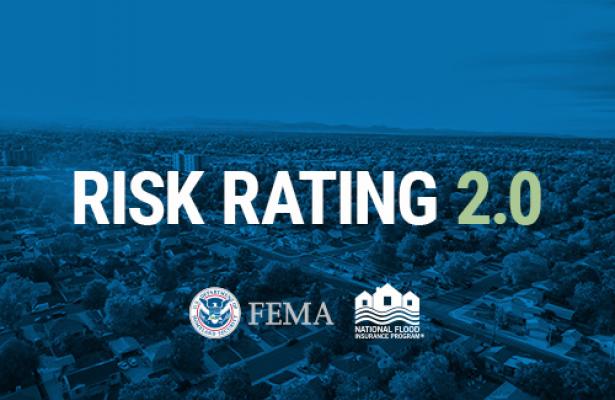
Risk Rating 2.0 - What Goes Into a Rate?
With Risk Rating 2.0, FEMA now has the capability and tools to address rating disparities by incorporating more flood risk variables. A variety of rating factors influence a policyholder’s premium, and those factors vary depending on the building type and location.
Risk Rating 2.0 is building on years of investment in flood hazard information by incorporating private sector data sets, catastrophe models, and evolving actuarial science. FEMA looks at a property’s characteristics such as distance to a water source, elevation, and an industry standard the National Flood Insurance Program (NFIP) has now adopted: the cost to rebuild.
Because Risk Rating 2.0 considers rebuilding costs, FEMA distributes premiums across all policyholders based on home value and a property’s unique flood risk. Clients can also choose different deductibles for building and contents coverage, which also impacts rates.
Clients who have an Elevation Certificate (EC) should know that, Under Risk Rating 2.0, an EC is no longer required to purchase coverage. Instead, FEMA will use its tools and resources to determine the first-floor height of a building as one of the factors used when calculating rates. However, a property owner may choose to provide an EC to the agent to determine if it will lower the cost of insurance. The National Flood Insurance Program (NFIP) will continue to use ECs for floodplain management building requirements, which can affect eligibility for Community Rating System (CRS) discounts. Direct property owners to their community’s website to learn how to contact the community floodplain manager.
Clients can also take certain mitigation actions to lower their flood insurance rates. Properly elevating machinery and equipment covered under the Standard Flood Insurance Policy mitigates risk and can save up to 5% on a premium. Having or introducing flood openings that allow flood waters to exit the building also helps mitigate some risk. The amount a property owner can save by introducing flood openings varies, depending on the unique characteristics of the property, but, as an example, a building owner would save around 5% on the premium for incorporating a 5-foot crawlspace. Elevating a building can also lower the premium. For instance, a property owner can save 34% on the premium by elevating the insured building from 0 feet to 5 feet above the ground.
Before they begin any mitigation actions, encourage property owners to consult with you and the community floodplain manager to discuss various mitigation options and their impacts on community compliance and insurance premiums.
In addition to providing equitable pricing, FEMA’s new flood insurance pricing system better informs all policyholders about their individual flood risk. That, in turn, allows you to tailor their coverage and better help them protect their homes and the lives they’ve built.



